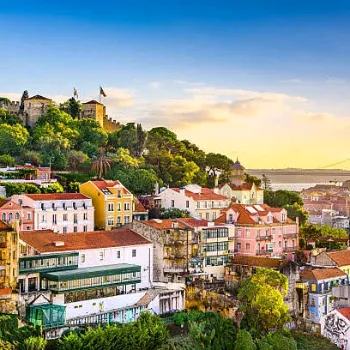The Cosmic Genesis: A Tale of Life and Creation
In the boundless stretch of the cosmos, where stars glitter like grains of sand on an infinite shore, life follows patterns as old as time itself. Imagine, for a moment, that everything in the universe mirrors something within ourselves, as if the grandest galaxies and the smallest cells are bound by the same cosmic code.
Far across the endless void, a comet blazes its way through the darkness, a ball of ice, rock, and potential. It's hurtling toward a planet, blue and rich with possibility. But this is not just any comet, and this is not just any planet.
In this analogy of cosmic proportions, the comet is like a sperm cell, carrying the seeds of life. The planet, a fertile world waiting in the vast expanse of space, is the egg, resting silently in the womb of the universe. For eons, this moment has been destined, as millions of comets have passed by other planets, not quite finding the...
Far across the endless void, a comet blazes its way through the darkness, a ball of ice, rock, and potential. It's hurtling toward a planet, blue and rich with possibility. But this is not just any comet, and this is not just any planet.
In this analogy of cosmic proportions, the comet is like a sperm cell, carrying the seeds of life. The planet, a fertile world waiting in the vast expanse of space, is the egg, resting silently in the womb of the universe. For eons, this moment has been destined, as millions of comets have passed by other planets, not quite finding the...




